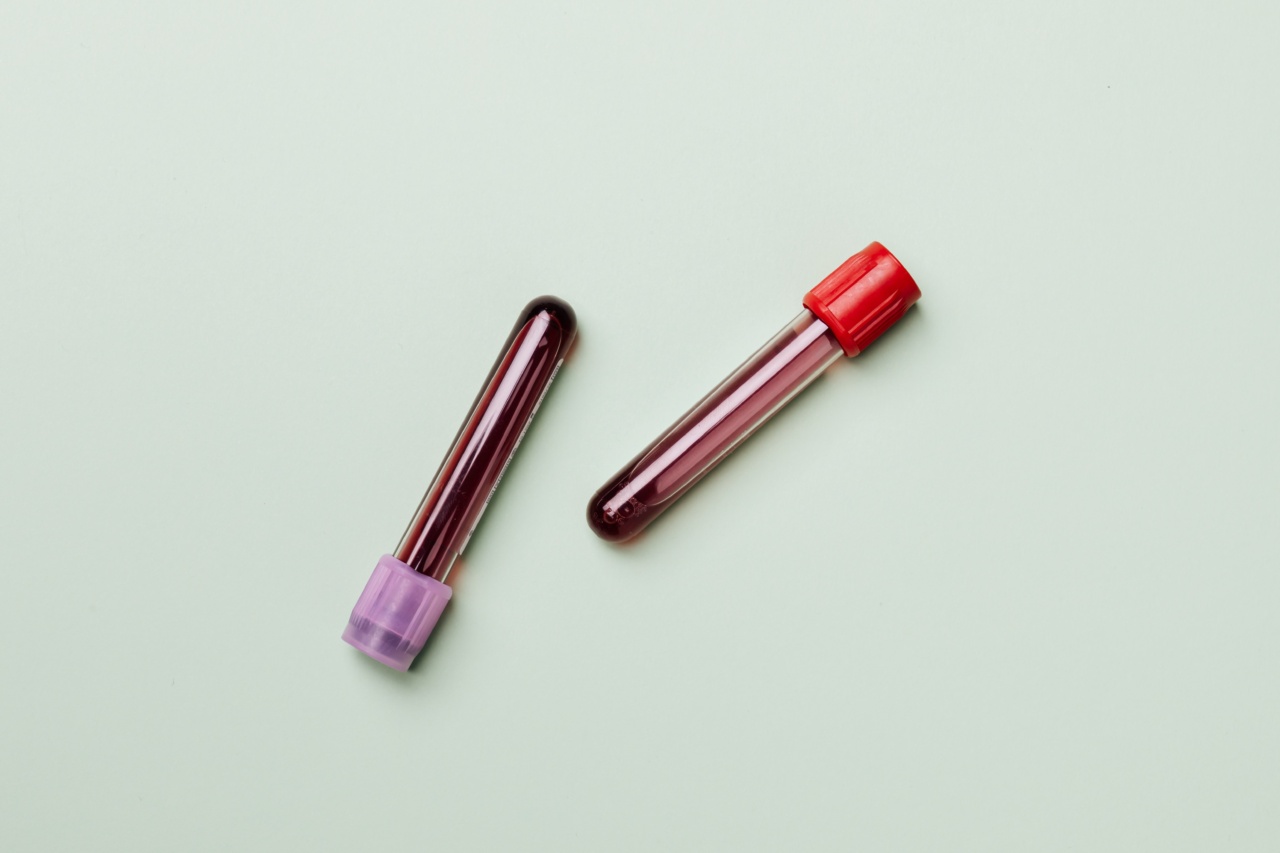Blood clots are gel-like clumps that form when the blood thickens and solidifies. They are a normal and essential part of the healing process after an injury, helping to prevent excessive bleeding.
However, when blood clots form inside blood vessels for no apparent reason, they can pose serious health risks.
Types of Blood Clots
There are two main types of blood clots, namely, arterial and venous clots.
Arterial Clots
Arterial clots, also known as “arterial thrombosis,” occur when blood clots form in the arteries.
These clots typically occur due to the accumulation of fatty deposits in the arteries (atherosclerosis), which can lead to the narrowing or blockage of blood vessels. Arterial clots can cause life-threatening conditions such as heart attacks or strokes.
Venous Clots
Venous clots, also known as “venous thrombosis,” occur when blood clots form in the veins. The most common type of venous clot is deep vein thrombosis (DVT), which typically occurs in the legs or pelvis.
If a DVT clot breaks loose and travels to the lungs, it can result in a potentially fatal condition called a pulmonary embolism.
Signs and Symptoms of Blood Clots
It is important to recognize the signs and symptoms of blood clots to seek medical attention promptly. Common symptoms of blood clots may include:.
- Pain, tenderness, or swelling in the affected area
- Redness or discoloration of the skin
- Warmth in the area around the clot
- Veins appearing larger or more prominent
- Sudden shortness of breath or chest pain (indicating a possible pulmonary embolism)
- Weakness or numbness on one side of the body, difficulty speaking, or slurred speech (indicating a possible stroke)
Importance of Early Detection
Early detection of blood clots is crucial in preventing their complications. If left untreated, blood clots can cause severe damage to organs, permanent disability, or even death.
Timely diagnosis and intervention can significantly reduce the risks associated with blood clots.
Diagnostic Tests for Blood Clots
Several diagnostic tests are available to detect and confirm the presence of blood clots in the body. Some commonly used tests include:.
1. D-dimer Test
The D-dimer test is a blood test that measures a specific protein fragment released when a blood clot dissolves. Elevated levels of D-dimer can indicate the presence of a blood clot.
This test is commonly used as a screening tool, but further testing is required to confirm the diagnosis.
2. Ultrasound
An ultrasound uses sound waves to create images of blood vessels and detect any abnormalities, including blood clots. This non-invasive and painless test is commonly used to diagnose deep vein thrombosis (DVT) in the legs.
3. CT Scan
A computed tomography (CT) scan is a specialized X-ray technique that provides detailed cross-sectional images of the body. It can help identify blood clots in the lungs (pulmonary embolism) or other areas of the body.
4. MRI
Magnetic resonance imaging (MRI) uses a strong magnetic field and radio waves to produce detailed images of the body’s organs and tissues. It is effective in detecting blood clots in specific areas, such as the brain.
5. V/Q Scan
A ventilation/perfusion (V/Q) scan is a nuclear medicine test that evaluates airflow and blood flow in the lungs. It is primarily used to detect pulmonary embolisms (blood clots in the lungs).
6. Angiography
Angiography involves injecting a contrast dye into the bloodstream and taking X-rays to visualize blood vessels. It can help identify and locate blood clots in various parts of the body.
7. Blood Tests
Blood tests can be performed to check for specific genetic mutations or abnormalities that increase the risk of blood clots. These tests may include genetic tests or tests to evaluate clotting factors and other components of the blood.
8. Doppler Ultrasound
Doppler ultrasound is a specialized ultrasound that uses sound waves to evaluate blood flow and detect any abnormalities. It is commonly used to diagnose and monitor blood clots in the legs or arms.
9. Plethysmography
Plethysmography measures changes in blood volume and identifies any abnormalities in blood flow. It can be used to assess blood circulation and detect the presence of blood clots.
10. Physical Examination
In some cases, a physical examination may provide valuable clues regarding the presence of a blood clot. A healthcare professional may assess the affected area for signs of swelling, redness, warmth, or enlarged veins.
Conclusion
Early detection and diagnosis of blood clots are crucial to prevent complications and ensure timely treatment.
A range of diagnostic tests, including blood tests, ultrasounds, CT scans, and MRIs, can help identify blood clots in various parts of the body. If you suspect you have a blood clot or are at risk, it is important to consult with a healthcare professional for proper evaluation and management.





























